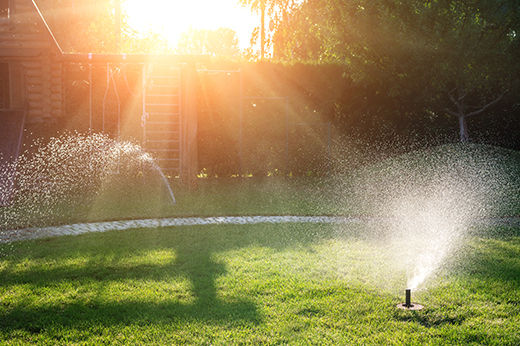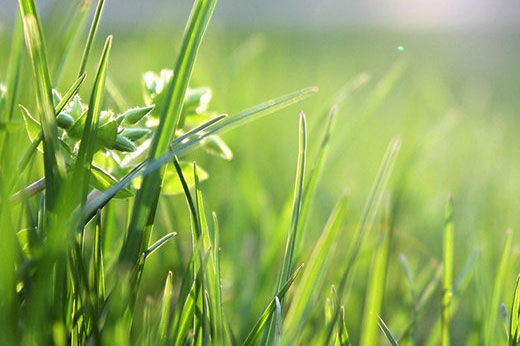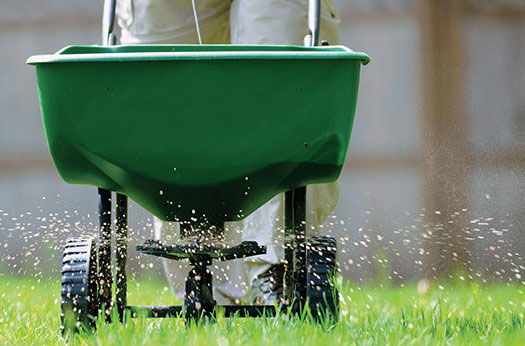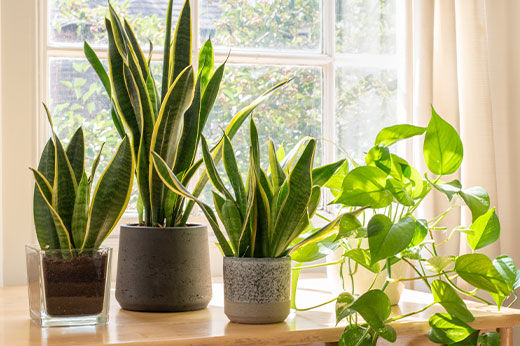How to Get Rid of Dandelions Permanently
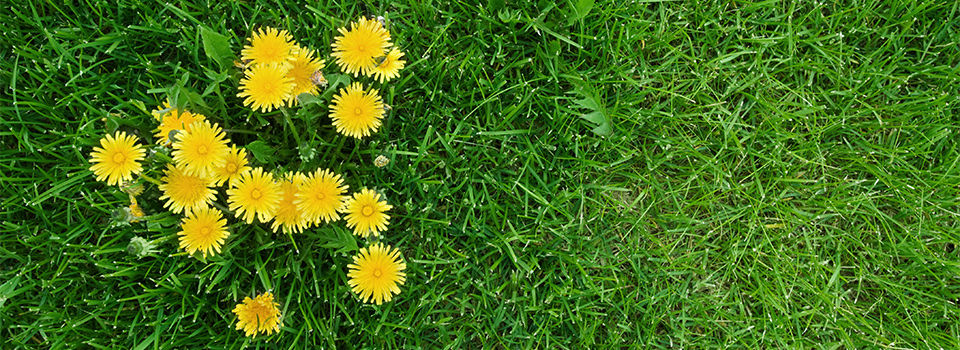
As far as weeds go, dandelions might be one of the more charming varieties. They're even pretty with bright yellow flowers and lacy-white fluffy seed heads. What child hasn't blown on dandelion to make a wish?
But for all their charm, these little weeds are stubborn and prolific. They can quickly invade and take over your healthy lawn, returning year after year. If you’re wondering how to get rid of dandelions, follow our helpful tips to reclaim your lawn.
Why Are Dandelions Bad?
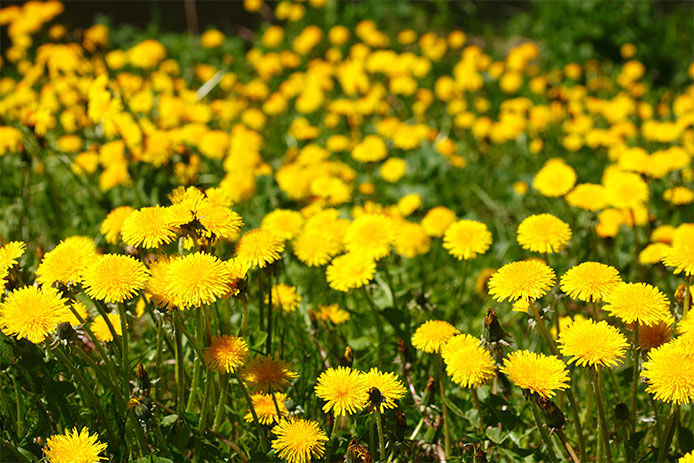
Dandelions aren’t “bad” per se. Many people love dandelions, with their yellow flowers and white puffballs. Dandelion leaves are a superfood as well. The entire plant is edible, high in fiber, and vitamins A, C, and K. You might find a dandelion greens salad at your favorite high-end restaurant or dandelion tea at a spa or tea shop. (However, you shouldn't eat the dandelions in your yard or the wild as they may contain pesticidal residue.)
The main problem with dandelions is that they’re invasive. These broadleaf weeds can quickly spread and take over your entire lawn. They also have a deep tap root, which doesn’t damage the lawn (it actually helps to aerate the lawn and loosen the soil) but makes it hard to pull up the entire plant and completely remove dandelions.
How Fast Do Dandelions Grow?

Dandelions thrive in almost any climate in the United States. When a dandelion goes to seed, it spreads very fast. Dandelions are undeterred by cold weather too. Although frost and icy conditions will get rid of the flowers above the ground, beneath the ground, the taproot lies dormant until temperatures pop up around 50 degrees.
Dandelions are incredibly hearty. Dandelion seeds can travel miles thanks to their unique parachute-like structures. The weed seeds can also survive submersion for several months. They don't require much in terms of soil conditions or nutrients, either. A single dandelion flower can have up to 400 seeds, and a plant may have up to 12,000 seeds!
In some studies, undisturbed dandelion plants can live for over ten years, and even the seeds can survive up to 5 years. Even if the parent plant appears to die, the branching root system can survive winter and return in spring.
In other words, dandelions are tough plants that grow quickly and can take over your yard in a flash! It’s important to stay diligent to prevent dandelions from spreading in your lawn and taking over.
How to Get Rid of Dandelions
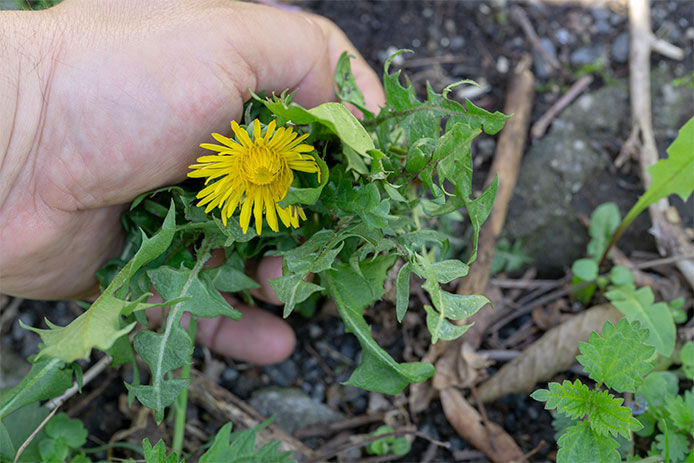
There are a few ways to get rid of dandelions. Much of the method depends on the size of your yard and the number of dandelions. Here are several ways to eliminate the broadleaf perennial.
Tip 1: Pull the Dandelions by the Root

The best way to get rid of dandelions is to remove them completely. If you have just a few dandelions that have found their way to your yard, hand-pulling can be the easiest method for getting rid of them before they spread. It's easiest to pull up dandelions by the base of the plant after rain or when the ground is damp.
When you pull up dandelions, it’s helpful to use a gardening hand trowel to dig down and get the entire taproot out. Superficially plucking the top of the weed will stop the growth temporarily, but it will come back again. You can also use a weed-killer spray on the spot to ensure that the dandelions don't return.
If you’re pulling up several dandelions, it is helpful to use a kneeling mat and gloves. Dandelion pulling is tough work, especially if you have lots of dandelions, so protect yourself. Despite the labor, pulling up individual dandelion plants by the root is often the most effective way to eliminate dandelions permanently. Be sure to remove the whole plant as well as the dandelion roots. This will prevent new weeds from popping up and eliminate dandelion seedlings from spreading.
Tip 2: Collect Dandelion Seed Heads
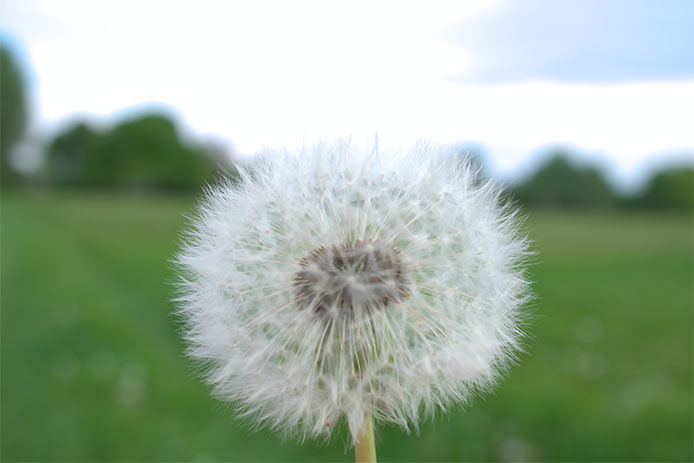
If you only have a few dandelions in your yard, you can pluck the seed heads to prevent them from spreading and reproducing. Now, a word to the wise—this method won’t get rid of existing dandelion plants. However, it’s a fast and effective way to stop them from taking over your yard.
It’s best to pluck the seed heads before they open. Once the yellow bud opens and closes, it will start to turn grey. The grey head holds the seed packet, which will soon open and spread seeds far and wide throughout your yard. Pluck the grey heads as soon as you see them. Once the seed head opens, it’s much harder to pull it off without spreading at least a few of the tiny parachute seeds that will lead to new plants.
Dandelions can live for many years. So, while plucking seed heads is a temporary fix, if you really want to get the weeds out of your lawn, you'll need to eventually dig out the root and remove it completely. Otherwise, dandelions can bloom multiple times a year—usually once in May or June and then again in the autumn.
Tip 3: Weed Killer Sprays

Another effective method for removing dandelions from your yard is to spray the grass with a weed-killing spray. Some sprays work to spot-treat dandelions and other weeds. Other sprays help treat the entire lawn, keeping it weed-free for ongoing dandelion control. You'll typically want to spray your yard twice yearly—the best time is once in the spring and later in the season.
As you look at herbicides, be sure to read the details carefully. Some weedkillers are indiscriminate and will also kill the surrounding grass. It's wise to use a special lawn-friendly formula and spot-treat stubborn weeds individually. Use a weed-treating spray as part of your regular lawn care.
Remember that herbicides and chemical weed killers aren't suitable for organic gardening. You should never spray on or near foods that you plan to consume. It's safer to hand-pluck the weeds that infiltrate your veggie garden and berry bushes. Wash everything you eat thoroughly before preparing, just to be safe.
Tip 4: Killing Dandelions Naturally

The most effective way to eliminate dandelions in your yard is to remove each weed from the root. Sprays can also help, especially if you have a large yard with many dandelions. There are also natural herbicides and alternatives to pesticides that can be useful, especially if you prefer organic gardening methods.
For DIY weed killer, try filling a spray bottle with household vinegar. Choose a clear, warm day when there is very little wind. Spray the dandelion plant thoroughly, completely saturating the leaves. Be careful only to target the dandelion plant because vinegar will kill other plants, including grass, but vinegar is an effective spot treatment for dandelion removal.
There are also more natural commercial herbicides that you can purchase. Many use acids like vinegar (acetic acid), citric acids, or certain plant compounds like clove oil to damage weeds. If you've pulled up the dandelions but want some extra reassurance that they're gone for good, spot-treating with a natural remedy is a good idea.
Get Rid of Dandelions with Do It Best
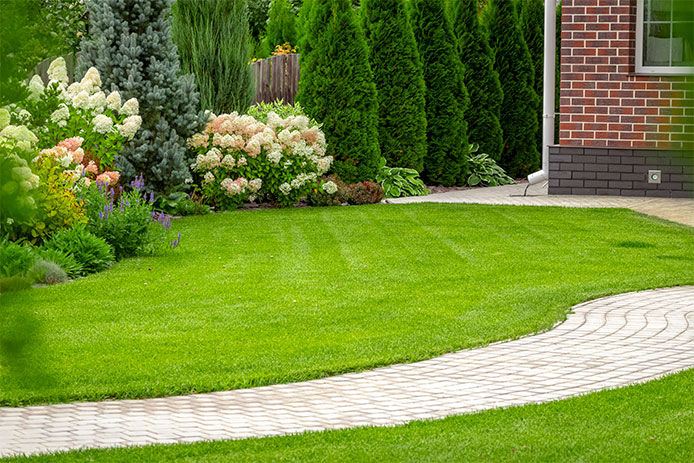
Dandelions are pretty plants, but they can end up being invasive and quickly take over your lawn. If you're ready to get rid of the weeds, one of the methods described above should help restore your lawn to a pristine green state.
The best method for removing dandelions is to pull each plant up by the root. Be sure to use a trowel to get the deep dandelion taproots and prevent the plant from returning. For a quick fix, you can pluck the seed heads of existing plants—this will keep them from spreading, but the plant may continue to grow.
Weed killers are a great option for getting rid of dandelions. Digging them up and then spot-treating each spot with spray will ensure your lawn stays dandelion-free for the foreseeable future. If you're an organic gardener or just have a few areas to treat, a spray bottle with vinegar or a more natural commercial herbicide can be effective, too.
You’ll find all the weed control supplies you need to safely and effectively get rid of dandelions at your local Do It Best. Don’t let these hardy weeds win the battle! You can take back your lawn and enjoy a beautiful weed-free yard.
